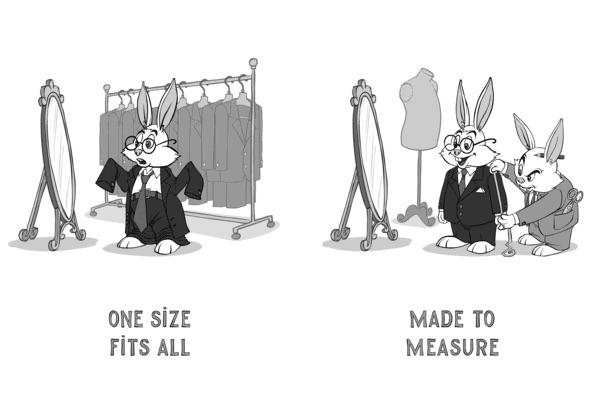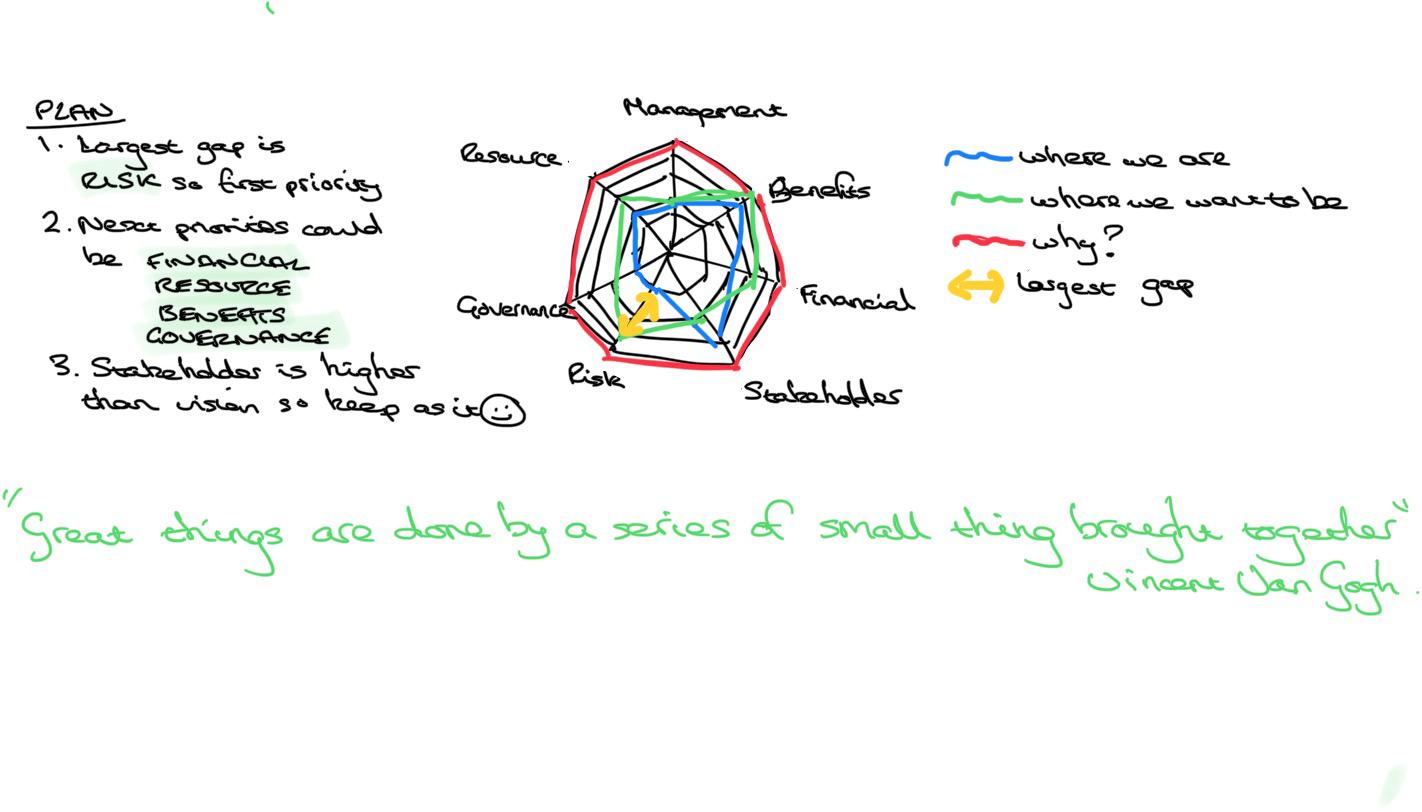When I hear the word 'mature' I sometimes get flashbacks to being a teenager and being told that I need to act more mature. Hmmmmm I was a teenager in the 80s, a period of some great examples of being a grown up, and therefore clearly being mature.

As I read a little further it turned out that the article was written for a female lifestyle magazine back in the early 2000s. I don't think that matters so much though. It sparked synapses and has encouraged my thinking on PMO maturity models further. Yay (Another mature response). Oh, and a great example of a brainstorming technique for you; just so you know I can do grown up too.
Anyway, I run the risk of going a little Ronnie Corbett (those more mature of you will understand this reference and if you don't, I'm afraid maturing won't help) and so back to the point.
Hopefully, I have made my point that determining 'what maturity is' can depend on perspective, environment and current thinking. What is mature for one, may not be mature for another, and that applies to both within and between organisations. And remember; levels of maturity can go down as well as up. As we know, significant people or strategic change in an organisation can mean a time to regroup, restablish the new normal and determine direction. And does materity always mean good? How do you keep innovation and creativity flowing? Commercially speaking 'settling down' doesn't always make sense.
Now you should know that I think Maturity Models are good, used in the right way. The secret is to be clear on the objective and required outcome. Why are you doing a maturity assessment? Maturity Models can be weapons of mass destruction in the wrong hands and with the wrong mindset. For me, a Maturity Model provides you with the framework to determine the gaps between where you would like the organisation to be and where it is today. You can then evolve a plan to bridge those gaps. Before you do the assessment you really really really need to know what level of so called maturity is right for your organisation. You need to know which of the different elements within project and portfolio delivery are most valued and required by your key stakeholders.
It's definitely not a competition to get the highest overall score. Not only would that be rather expensive and difficult to write a business case for, but quite frankly, why? In determining what's the right profile for the company, you can benchmark against similar organisations, just remember though, similar organisations can be defined in different ways. A suitable criteria for comparison might be the same size, industry, geograpthy and more. Do remember though that you are creating a profile for your specific objective and vision.
Once you've completed your assessment against your desired ideal, please do something with the information! Look at the areas with the biggest gaps and figure out what you and your team can do to improve. You might want to do this as a stepped plan of work. You may need to prioritise what you focus on first. Sometimes it might be right to improve all the elements to a minimum overall level. There may be an area that is more critical to the company than any of the others, for example risk management, and therefore this is where limited resource should be focused. How you choose to use the outputs is up to you, just remember why you decided to do the assessment in the first place and also what you defined 'good' as.
Anyway as I draw to a close and in the spirit of sharing some takeaway nuggets, here's some tips to think about to maximise the benefits of undertaking the maturity assessment.
1. Decide if there is a problem that needs to be solved; are your projects delivering the expected outcomes in a way that you feel good about and suits your working environment?
2. Define what your perfect delivery environment would look and feel like; consider what's important for your organisation, for example; is it pace or quality that's the key driver; how risk averse is the culture or what's the volume of change going on etc.
3. Prioritise the areas you want/need to improve on and make a plan; you might want to focus on the areas with the largest gaps first. Have a stepped plan, be real on what you can achieve and by when.














